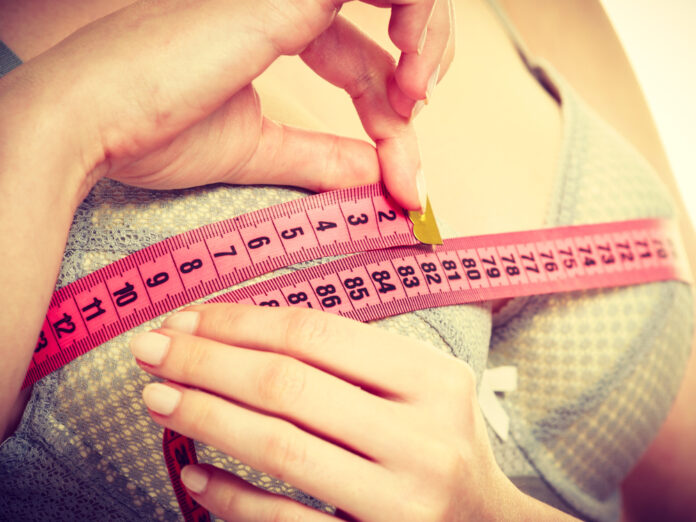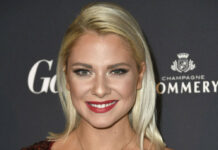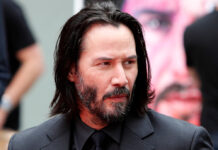
Just a question of the bra?
Dr. med. Carmen Jochem is a preventive doctor at the University of Regensburg and advocates healthy aging as well as more self-confidence and self-love. What is particularly close to her heart: the open and unabashed handling of topics related to the female breast. In her book “Breast aware” she clears up taboos and misconceptions and gives valuable tips. In an interview with the news agency spot on news, the mother of three children talks about myths surrounding the push-up bra, pitfalls when buying a bra and food for a healthy breast.
Dr. Jochem: With a well-fitting bra, the underbust band should neither cut in nor slide up on the back. If one or two fingers fit between the underbust band and chest, then it is good. In addition, the breasts should sit well in the cups and should not swell or sink into them. So it is often more a question of the right fit and comfort in the bra than a pure size issue.
Dr. Jochem: It is rumored again and again that wearing bras, especially tight bras or push-up bras, would increase the risk of breast cancer. However, recent studies show that breastfeeding poses no risk to breast health regardless of how long and which model. With rather large breasts, it is even advantageous for women, especially during sports and exercise, to wear a well-fitting and supportive sports bra. This can help prevent tension and pain in the shoulder and neck area.
Dr. Jochem: The breast consists essentially of connective tissue, fat tissue and glands. The glandular tissue in turn regresses during menopause. In addition, the elasticity of the connective tissue decreases with age and the breast is less tight. It is a very natural process that takes place in the course of life.
Dr. Jochem: Since we can neither influence the structure of our connective tissue nor age and gravity and there is no anti-aging in the sense of “stopping aging”, I recommend healthy aging. And we can have a lot of influence on that. If we want to keep our breasts as healthy as possible for as long as possible, we should spoil them with sufficient exercise, healthy nutrition and a healthy body weight. In addition, regular strengthening exercises for the chest muscles can tighten the cleavage.
Dr. Jochem: In fact, there is evidence that some foods and nutrients can potentially protect against breast cancer. A healthy and wholesome diet that is rich in non-starchy plant foods, carotene-containing foods and calcium seems to play an important role. In my book, for example, I recommend Greek salad, tsatsiki and melon as an anti-breast cancer superfood. But of course other types of fruit and vegetables are also suitable, such as carrots, peppers, pumpkins, broccoli or apricots.
Dr. Jochem: It’s well known that alcohol increases the risk of a whole range of cancers. What is less known, however, is that alcohol consumption is also harmful to breast health. For example, women who drink a beer or a glass of wine every day have a five to ten percent higher risk of developing breast cancer. Of course, it is not the consumption of a single alcoholic beverage that endangers breast health – rather, the (breast) cancer risk increases with the amount and duration of alcohol consumption. So alcohol is poison for our breasts, since ethanol has a number of mechanisms that cause cancer.
Dr. Jochem: The combination of alcohol consumption and smoking is particularly unfavorable because the harmful effects of both substances are mutually reinforcing. However, it is currently not entirely clear whether smoking per se really increases the risk of breast cancer. Nevertheless, my tip is: Avoid alcoholic drinks and cigarettes if possible. You are doing yourself and your (breast) health only good.
















